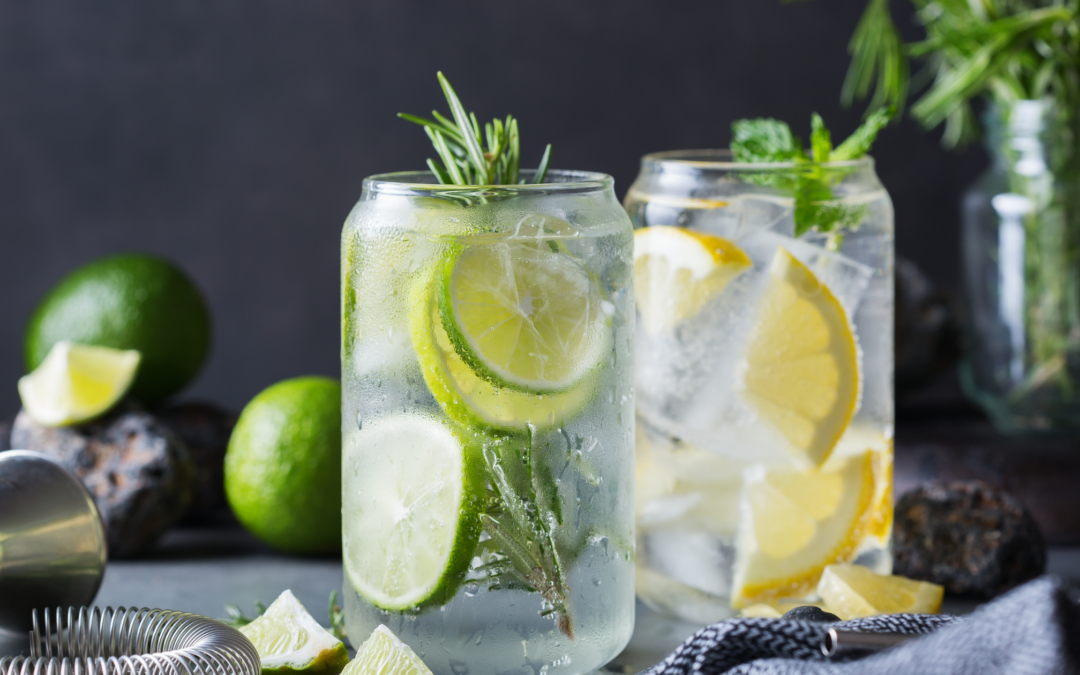The global beverage industry has experienced a significant transformation in recent years due to the rapid rise of hard seltzers. These fizzy and often fruit-flavored drinks have not only attracted consumer interest but have also started to change the landscape of the alcoholic beverage market, particularly negatively impacting traditional beer and craft breweries.
Disruption in The Alcobev Landscape
Hard seltzers, typically containing around 4–5% alcohol by volume (ABV), have surged in popularity by aligning with contemporary consumer trends such as wellness, moderation, and convenience. The appeal lies in their low-calorie profiles, refreshing taste, and perceived “healthier” image compared to beer or spirits. According to NielsenIQ, the hard seltzer category has rapidly cannibalized share at bars and restaurants, with some establishments reporting 51% of buyers switched from beer and 40% swapped from cocktails.
This trend has put traditional beer makers, especially craft breweries, in a defensive position. Historically reliant on strong consumer loyalty and high-margin seasonal offerings, many breweries are now contending with flat or declining sales as drinkers shift to hard seltzers or other low-ABV options.
Impact on Beer Consumption
The beer industry, already facing headwinds due to evolving health consciousness and changing taste preferences, is now squeezed further. Craft beer, which once enjoyed near-cult status among urban millennials, is particularly vulnerable. The consumers who once sought hoppy IPAs or robust stouts are now looking for lighter, less calorific options that fit into active lifestyles.
This has resulted in several adverse effects for breweries:
- Reduced Volume and Revenue: Traditional beer sales have taken a hit in key demographics, particularly among younger consumers. Many breweries have seen their flagship products decline in relevance.
- Innovation Pressure: Breweries must reallocate resources to develop seltzer variants or other non-beer offerings. While some have succeeded, many struggle with brand dilution or operational inefficiencies.
- Retail Shelf Space: Hard seltzers are crowding out beers in both on- and off-premise retail. Once dominated by craft beer varieties, supermarkets give more real estate to seltzers from new entrants and legacy players like AB InBev or Molson Coors.
The Strategic Response and Its Limits
Some breweries have jumped on the seltzer bandwagon to counteract these losses, creating their lines of spiked sparkling water. However, these efforts often come with mixed results. Unlike beer, which benefits from centuries of brand heritage and craftsmanship, seltzers are typically judged by flavor, calorie count, and packaging. In contrast, new or tech-savvy entrants often have an edge.
The shift toward health-driven drinking doesn’t end with seltzers. Non-alcoholic beers, kombuchas, and ready-to-drink cocktails also carve out space, adding more pressure on traditional beer producers.
Hard seltzers are not just a fad; they represent a broader consumer evolution that values moderation, wellness, and portability. While this opens new opportunities for beverage companies, the impact on beer, especially craft breweries, is real and sustained. In the coming years, survival will depend on how nimbly breweries can diversify, reposition, or reinvent themselves in a market that no longer guarantees loyalty to the pint.
For food and beverage valuation services that truly take industry trends into consideration, Appraisal Economics is here to help!

